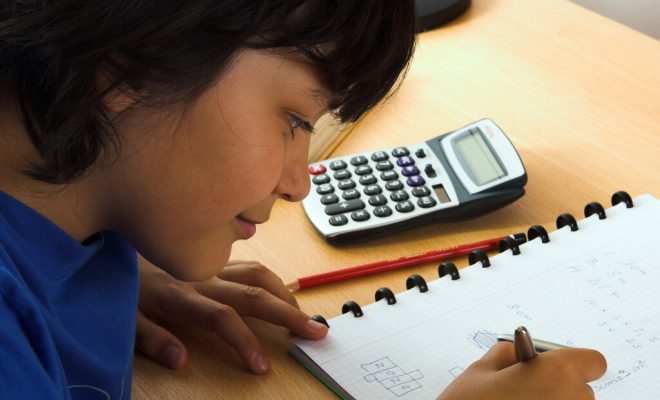19 Ideas Big and Small to Bring Recycling Into the Classroom

Recycling is an important practice that helps us protect the environment by reducing waste and conserving resources. Teaching children about recycling and its benefits from an early age can help instill in them a sense of responsibility and care for the planet. Here are 19 ideas, big and small, to bring recycling into the classroom:
1. Start a recycling program: Establish a recycling system in your classroom where students can separate recyclables from trash.
2. Create recycling bins: Decorate bins with different colors or labels to identify where each type of recyclable material should go.
3. Conduct a waste audit: Have students collect and analyze the classroom waste to determine the amount and types of materials being thrown away.
4. Teach recycling symbols: Educate students about the different recycling symbols and what they mean to help them identify recyclable materials.
5. Organize a paper recycling drive: Encourage students to bring in used paper from home for recycling and track the amount collected.
6. Upcycle projects: Incorporate arts and crafts activities using recycled materials such as plastic bottles, cardboard, or newspaper.
7. Create a composting corner: Teach students about composting and set up a small compost bin in the classroom for organic waste.
8. Adopt green habits: Promote habits like using reusable water bottles and lunch containers, reducing the use of single-use items.
9. Conduct research projects: Assign research projects on recycling, waste management, or sustainable practices to encourage deeper understanding.
10. Virtual field trips: Take students on virtual tours of recycling facilities or waste management centers to understand the recycling process.
11. Guest speakers: Invite experts in recycling or waste management to share their knowledge and experiences with the students.
12. Engage in discussions: Initiate classroom discussions on the importance of recycling, its impact on the environment, and ways to improve recycling habits.
13. Visit a recycling center: Plan a field trip to a recycling center to give students a firsthand view of how materials are sorted and processed.
14. Create a recycling bulletin board: Dedicate a bulletin board to showcase recycling facts, tips, and student achievements in recycling efforts.
15. Integrate recycling into lessons: Incorporate recycling topics into different subjects like science, math, or English to make it a comprehensive learning experience.
16. Read books on recycling: Choose books that talk about recycling, sustainability, or the environment to engage students in relevant literature.
17. Host a recycling competition: Organize friendly competitions among classrooms or grade levels to see who can recycle the most materials in a given time.
18. Outdoor learning: Take the classroom outdoors and teach students about gardening, composting, or wildlife conservation.
19. Community involvement: Encourage students to participate in community clean-up events or start a recycling initiative outside the classroom.
By implementing these ideas, you can create a culture of recycling within the classroom and inspire students to make sustainable choices beyond the school walls. Together, we can make a difference in protecting our planet for future generations.

